blog
Interview with featured photographer Dana Stirling
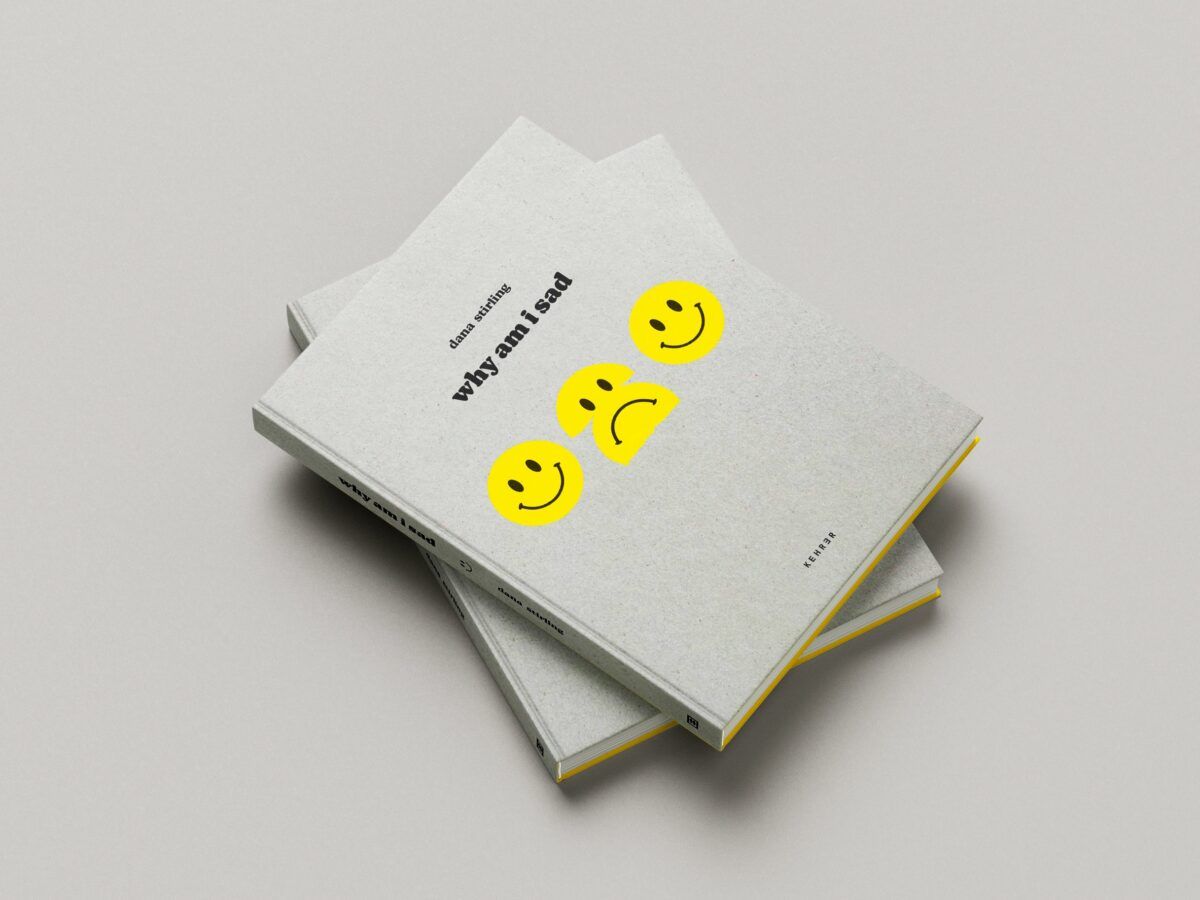
F-Stop Magazine is pleased to feature Dana Stirling‘s work from her project and upcoming book, Why Am I Sad for Issue #126 – Telling Stories. Dana is a photographer, and co-founder and editor of Float Photo Magazine. I have followed her personal work and Float Photo Magazine for years and was honored to speak with her about this new project.
In statements about her book, Dana writes, “This book presents a collection of still life photography captured across the U.S., utilizing motifs such as smiles, nature, found vernacular images, urban signage, and more as a visual language.”
“Why Am I Sad is a personal exploration through the shadows of melancholy, unfolded in vivid still life photography that celebrates and challenges the notion of beauty and sadness. I extend an invitation to delve into this narrative—a narrative woven with threads of family legacy of mental health, cultural identity, and the relentless pursuit of self-understanding.”
::
Cary Benbow (CB): Your images are always very intimate, close to the subject matter and feel very personal; can you tell us about your work process? What makes a good photograph in your mind? What is interesting for you to capture with your camera?
Dana Stirling (DS): For several years now, I’ve been using my Mamiya RZ 67 with a 110mm lens and my trusty Kodak Ektar 100 film. My husband, Yoav Friedlander—an incredible photographer himself—often marvels at how I use just one lens, yet each image has its own distinct character. My process is straightforward. I’ve never been particularly technical with photography, which is why I appreciate the simplicity of my setup; it allows me to focus entirely on capturing the image itself.
When I set out to photograph, I rarely have a specific subject in mind, but I’m naturally drawn to nature, flowers, dead animals, smile faces, and things that exude a sense of solitude. My camera and lens frame the scenes just as I envision them—straightforward, isolated, yet lives within its context. It’s a simple approach, really.
There are times when months go by without me taking a single photograph, and I can spend an entire photography trip capturing only a handful of images. I’ve always been a slow photographer, quite unlike the icons I studied about in school. For me, it’s never been about quantity; I aim for that one perfect frame out of ten (though I do sometimes bracket my exposures to be sure!).
What makes a good photograph, in my opinion, is something that stops me in my tracks and piques my curiosity. Sometimes it’s an obvious choice, like the pink balloons in a window, while other times, I need to look through the camera to decide. A good photo evokes emotion, stirs memories, or has an ironic twist.
CB: I think what is interesting in the book is that you have images with a sense of humor to them, alongside images that are more serious, and this juxtaposition really makes the book feel like a real life journey – with ups and downs. How do you see these images?
DS: That’s exactly right. Depression is an interesting thing because it is something you just have to learn to live with. The world doesn’t stop for you to catch your breath, and you have to find a way to navigate through these powerful emotions—sadness, lack of motivation, self-doubt, and so on. Naturally, it makes sense that life is like yin and yang—up and down, happy and sad—coexisting simultaneously.
On many occasions, I’ve taken photos of “happy” faces while feeling unhappy inside. This is why I do it: I try to understand my emotions, and photography becomes a representation of what goes on in my mind constantly. I see the irony, I capture it, I embrace it, and later, I can even chuckle at it. My work has been so important to me because everything I photograph is found by accident, yet it always conveys my precise feelings and inner dialogue.
Photography allows me to explore and articulate the complex interplay of emotions that define my experience. It’s a medium through which I can express the contradictions I feel—capturing moments of joy when I’m sad, or moments of calm amid chaos. This process helps me understand and make peace with my emotions. Each photograph is a snapshot of my mental landscape, a visual diary of my journey through life’s highs and lows.
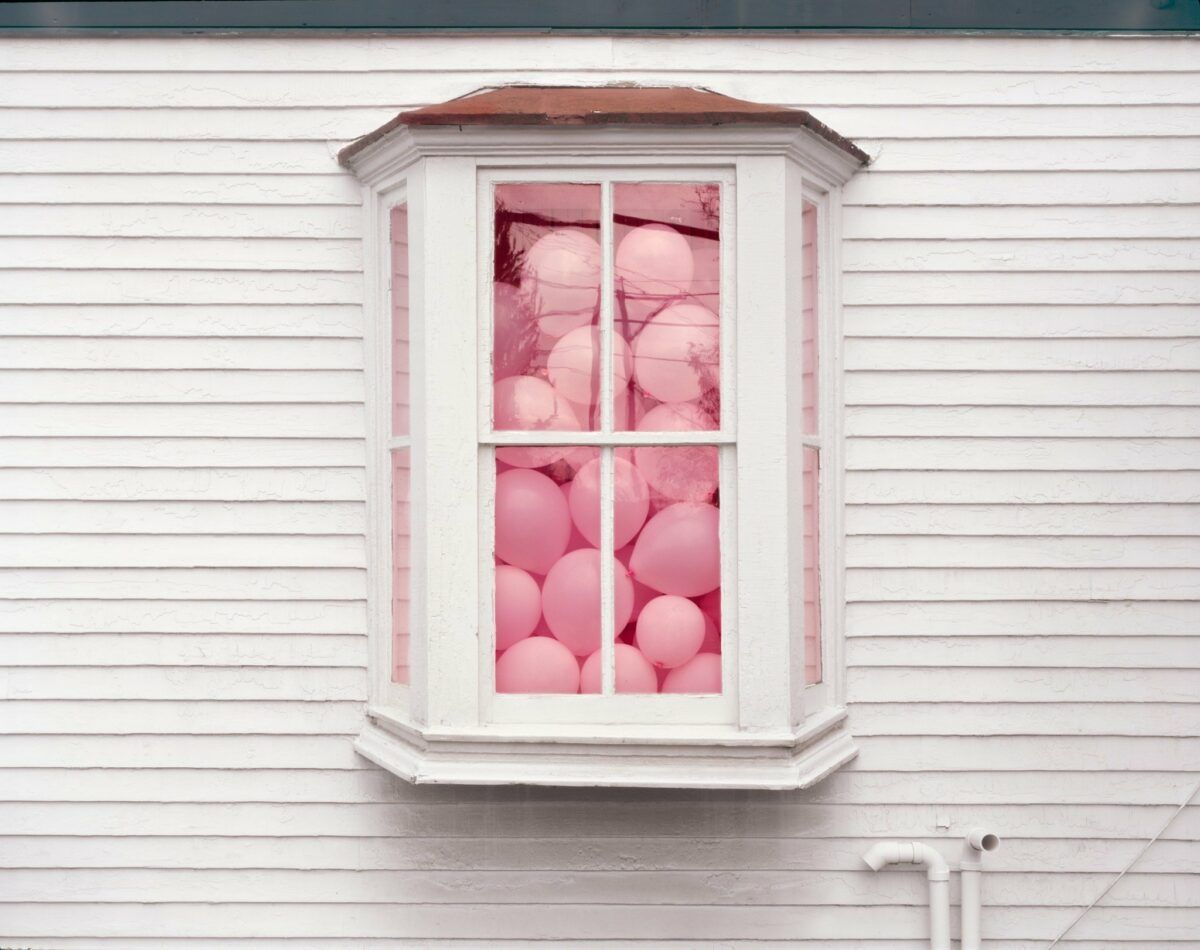
From ‘Why Am I Sad’ © Dana Stirling
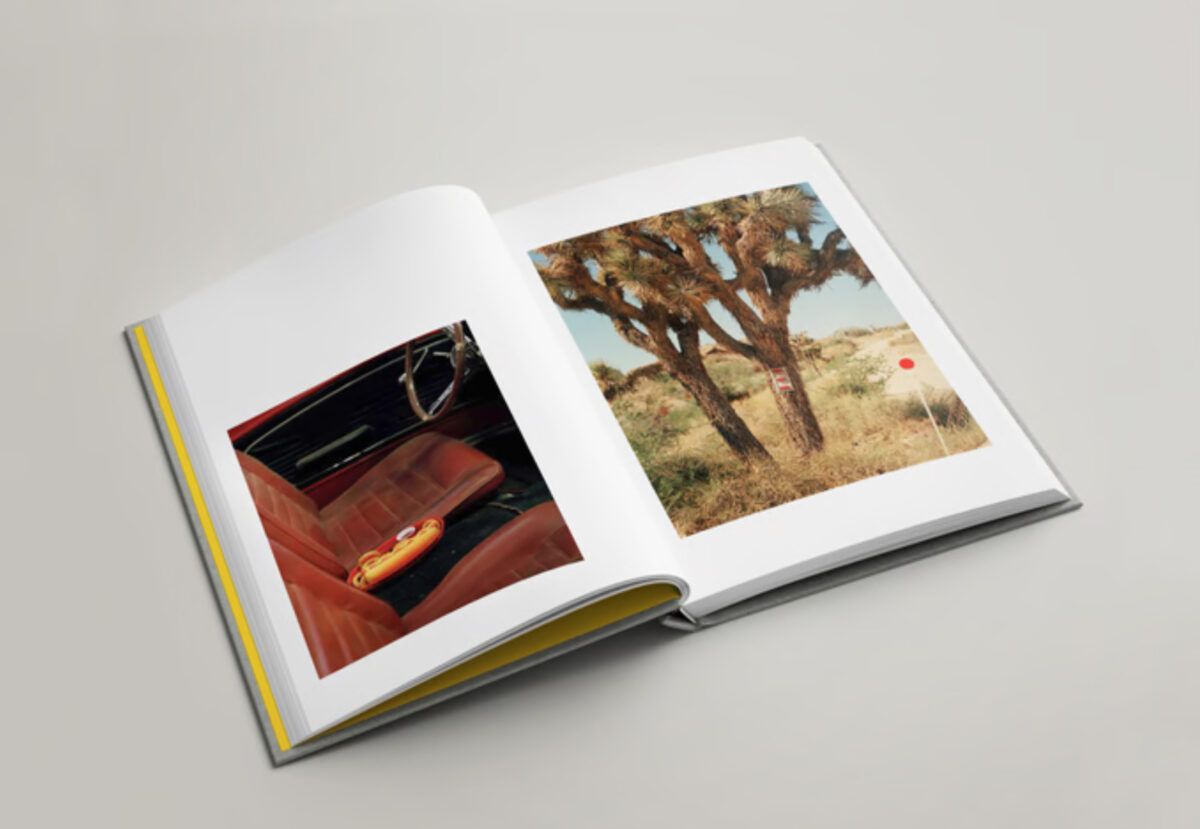
Book spread of ‘Why Am I Sad’ © Dana Stirling
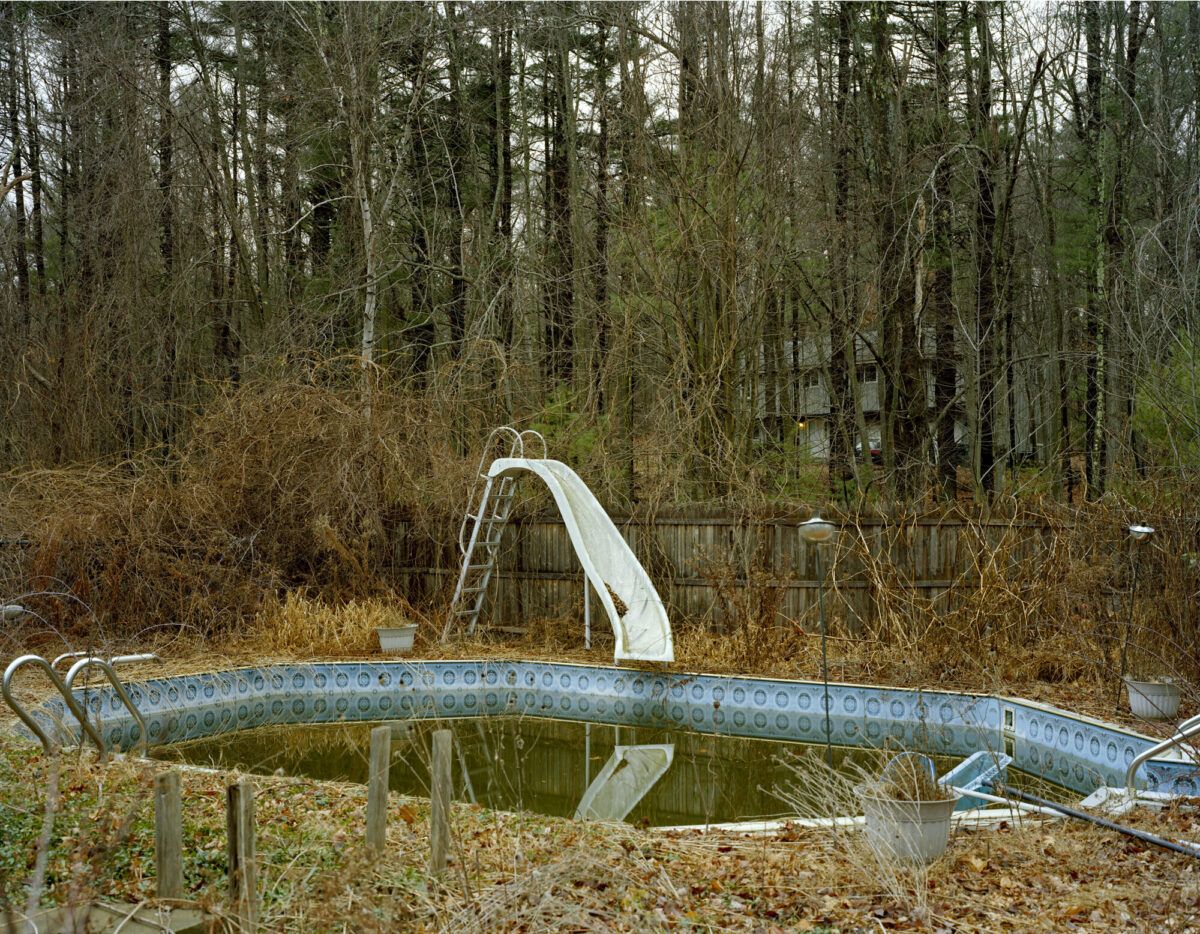
From ‘Why Am I Sad’ © Dana Stirling
CB: Since we are talking about the process of visual storytelling for this issue, let’s talk about your creative process of building a narrative from your body of work. Do you consider your project to be documentary, storytelling, narrative, or something else entirely?
DS: That’s a great question. I definitely don’t see my work as documentary because I never claim to adhere strictly to the “truth” of a situation. By this, I mean that although I usually limit my edits to color correction and dust cleaning from the scans, I don’t hesitate to remove elements that feel out of place. If something in the photo doesn’t contribute to the story I want to tell, I’m completely fine with removing it. This approach makes it difficult to categorize my work as documentary.
Instead, I view my work as storytelling. I see each photo as its own chapter or short story, contributing to a larger, interconnected universe. There is no definitive start or finish; it’s a fluid collection of images that together tell a broader narrative. Each piece adds depth and context to the whole, creating a multifaceted portrayal that resonates on a deeper level.
CB: How does this book project compare to making the zine version? You’re working with Keher Verlag, right? What is that like? How has the process gone so far?
DS: A few months ago, I created a zine as a fun little experiment. I often struggle with confidence in my own work and, more importantly, with the notion of whether people would actually be interested enough to buy it. So, I made a newspaper zine producing 70 copies. To my surprise, the response was overwhelmingly positive and humbling. That zine gave me the courage to pitch my work to publishers.
I sent my project to several publishers, but none responded, which felt like a silent rejection. Then, one day, I heard back from Alexa Becker, whom I had met a few times at portfolio reviews, As an editor for Float Photo Magazine, she responded positively and forwarded my project to Klaus Kehrer. We had a great Zoom call, and I genuinely felt they appreciated my project and believed in it. We decided to move forward from there.
It has always been a dream of mine to have a book published in the traditional way with a well-known publisher, partly because of my great love for photography books. I wanted to have one of my own.
The biggest difference in working with a publisher is collaborating with others and learning to compromise, even when it’s challenging. There’s also the financial responsibility that comes with publishing with a significant publisher like Kehrer Verlag. This journey has been both a learning experience and a fulfillment of a long-held dream, and I am incredibly grateful for the opportunity.
The process so far has been incredibly interesting and educational. I’ve learned a lot from the team at Kehrer Verlag. They have been professional, kind, and honest throughout the entire journey, which has been a wonderful experience. There were challenging moments, especially when our creative visions didn’t always align. However, the beauty of collaboration lies in reaching a point of compromise, where everyone’s ideas and thoughts come together in perfect harmony.
CB: What draws you to making a book for this project – versus an exhibition format (online or otherwise), or another medium for the images?
DS: I could give you a philosophical answer, but honestly, it’s simpler than that—nobody wanted to give me a chance. It may not be the most “correct” thing to say, but I’ve always made the absolute best of what I have. I learned long ago that nothing would be handed to me; I’ve always had to work hard for my achievements, and often, I had to create opportunities for myself. I’m still here, standing. When I saw that I wasn’t getting anywhere with galleries, I decided to pivot and take matters into my own hands. That’s where the idea for the zine came from, and ultimately, it led to the book.I have so many incredible ideas for showcasing this work in a gallery; I just need the opportunity to bring them to life.
I also don’t want it to sound completely bleak – I am fortunate enough to have worked and collaborated with various people/places and I am grateful for all the opportunities that I was fortunate enough to have so far in my career.
But beyond that, as I mentioned before, photography books have always been a passion of mine. I love designing and curating images, laying them out in InDesign, and creating a narrative through visuals. I do this with Float, and I do it with my own work. I simply love books.
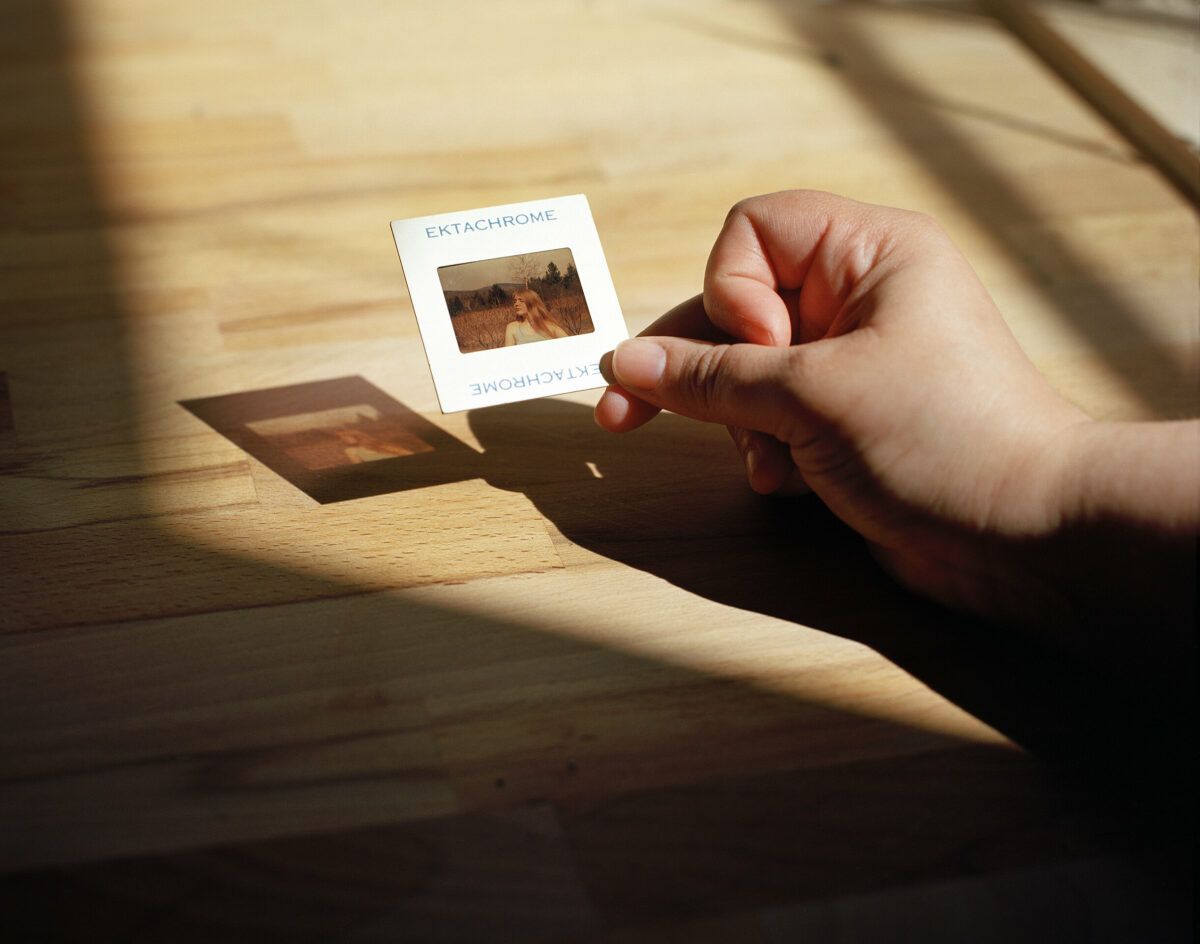
From ‘Why Am I Sad’ © Dana Stirling

From ‘Why Am I Sad’ © Dana Stirling
CB: You write on your website for the zine of Why Am I Sad,
“Now, years after moving as far as I could from that room, I find myself still being sad. Photography has become not just an escape but now also my burden. When I don’t photograph, I am sad, and when I do photograph my images are sad as well as if I am no longer able to escape the cloud of sad that is above me. Why Am I Sad? is my exploration of my personal relationship to photography and the world that I see through my camera’s lens.”
So do you feel this project bridges the gap between ‘self-reflection’ and a broader theme of sadness or isolation for other people? Or is it more personal versus universal?
DS: I believe everything is valid at the same time. For me, moving away and viewing my family dynamic and upbringing from a distance, with a more mature perspective, allowed me to be more critical. I feel less shame and fear about discussing it. In 2015, I stopped talking to my sister after a fight about my photography, and we haven’t spoken since. But now, I feel that this is my story to own, and I am allowed to share it in a way that makes sense to me, regardless of how anyone else feels.
This is a very personal story on one hand. My mother’s eating disorder and clinical depression affected my relationships with all my family members, my own identity and self-worth, and, most importantly, my own mental health challenges. That might be the personal aspect of the work, but I think the universal element is that millions of people struggle with depression worldwide. We are all in the same sad boat together, navigating these melancholy waters. I believe people can connect and respond to the work based on their own life experiences.
CB: Artists over time have addressed the very human feelings of anxiety, depression, fears, etc — Since your work is dealing with very personal issues, what type of reaction do you get most often to your work, and what is your response?
DS: Often hear from people that my work resonates with them because they, too, struggle with depression. However, I believe it goes deeper than that. By writing about my anxiety surrounding the medium itself and the broader struggles of being an artist, I touch on something more universal. As artists, we lay our hearts and souls bare for others to view and judge. This vulnerability and honesty allow people to find solace and appreciation in our work when we share our truth.
CB: Did you comb your archive of images to discover the theme for ‘Why Am I Sad’ or is this a long-term project you’ve been intentionally building over time?
DS: The term “Why Am I Sad” came to me one day while I was in the car, talking to my husband about how I was feeling. I casually mentioned that maybe I should make a project called “Why Am I Sad?” and it just clicked. Once I had that name as a framework, everything started to fall into place. We decided to drop the question mark when creating the book because it felt too limiting. Without it, the title became both a question and a statement, aligning perfectly with my intention not to answer this elusive question but simply to observe it.
I revisited some older images for the project, and although almost my entire catalog could fit, I chose a few specific ones because I remembered how I felt when I took them. These photos held significant emotional weight, making them integral to the project. They were part of the narrative even before I realized I was creating it.
CB: What is your favorite image from this project?
DS: It feels like you’re asking me to choose my favorite child! If I had to pick, I’d say “Pride of Madeira, Shoreline Highway, CA, 2019.” This photo has been a pivotal moment for me and was a major inspiration in shaping this project. It captures a simple yet striking scene: vibrant purple flowers along a driveway on the beautiful West Coast road. What makes it special is the driveway hazard reflector standing amidst the flowers, almost trying to blend in with the natural beauty. The contrast between the industrial red and the elegant natural purples and greens is captivating.
My favorite part of the image is actually the fallen reflector. That hint of sadness within such lush beauty encapsulates what I aim to achieve in my work. It’s this juxtaposition of the mundane and the magnificent, the melancholy within the beauty, that defines my artistic vision. This photo perfectly embodies that balance and serves as a cornerstone for the entire project.
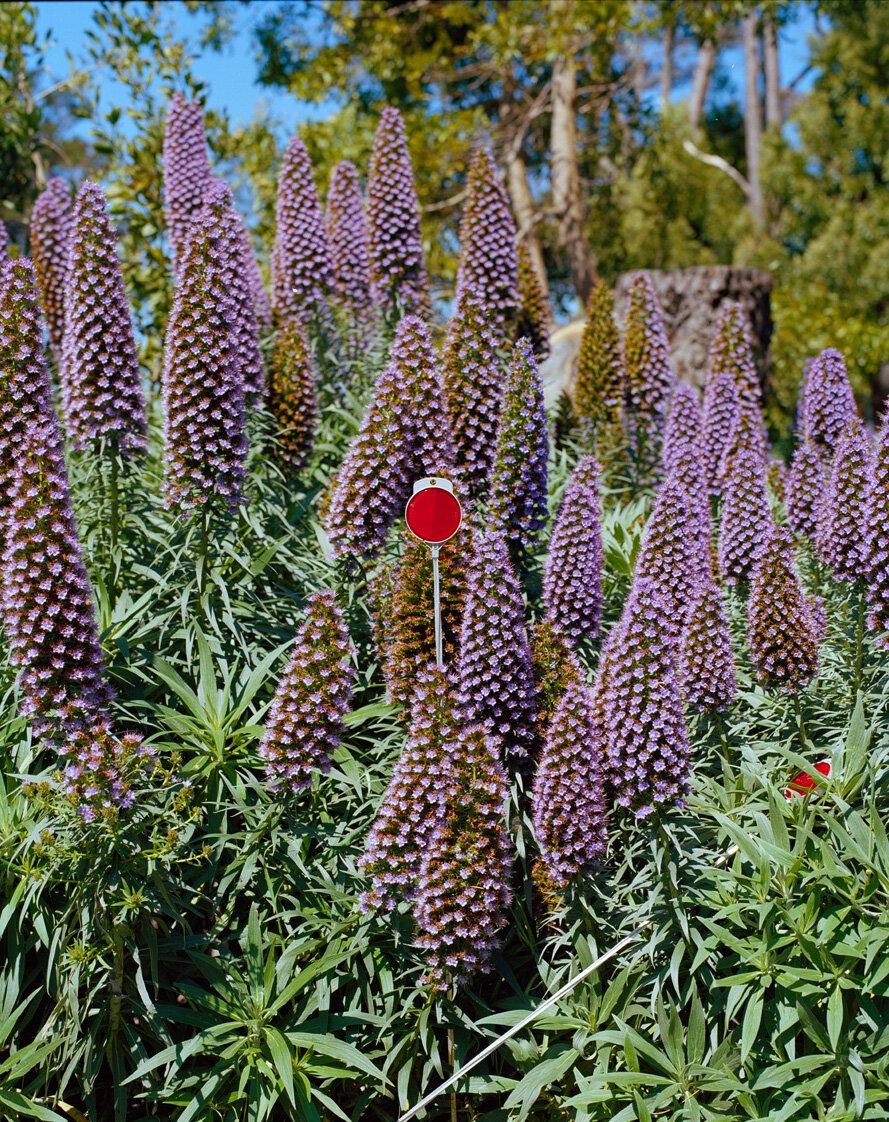
From ‘Why Am I Sad’ © Dana Stirling
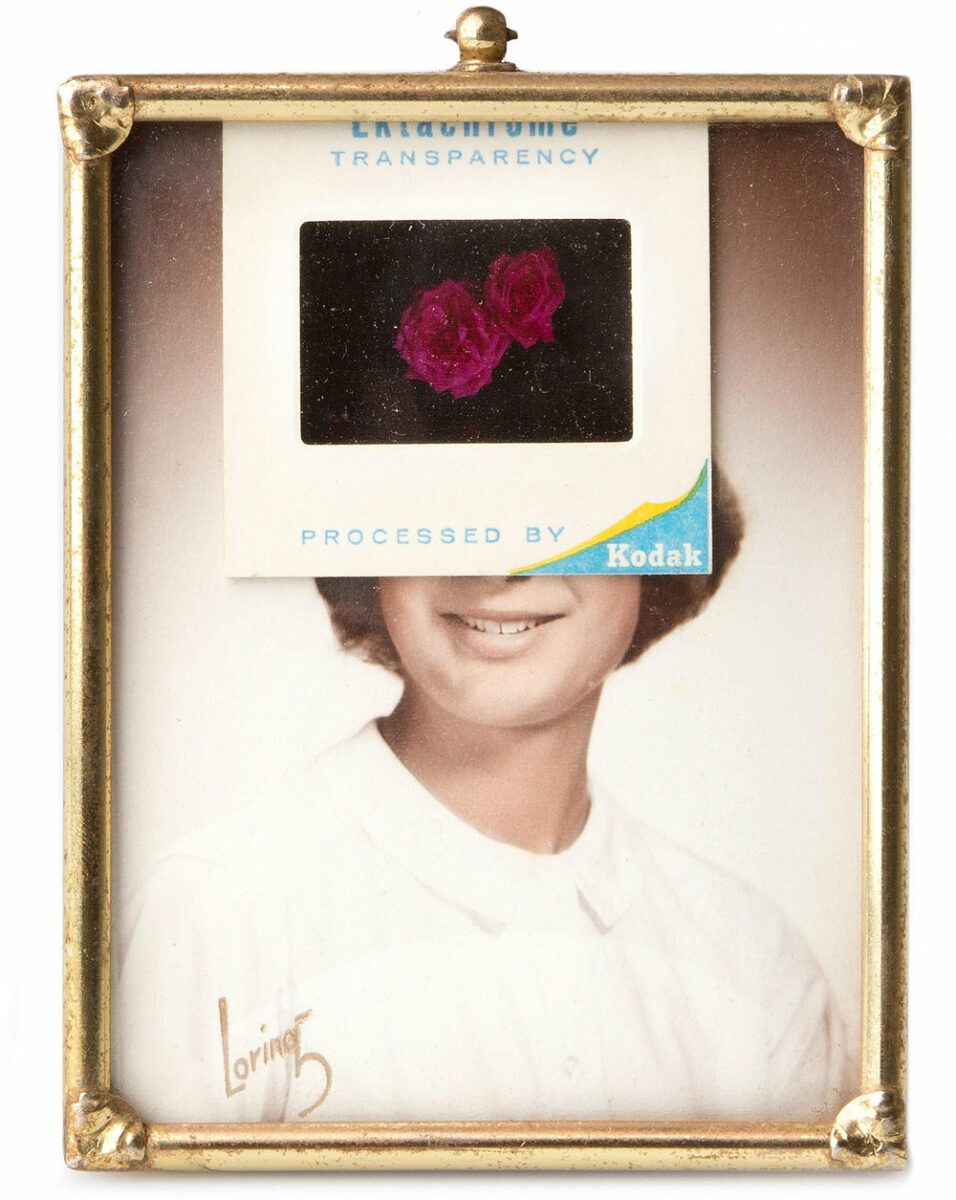
From ‘Ladies are Roses’ © Dana Stirling
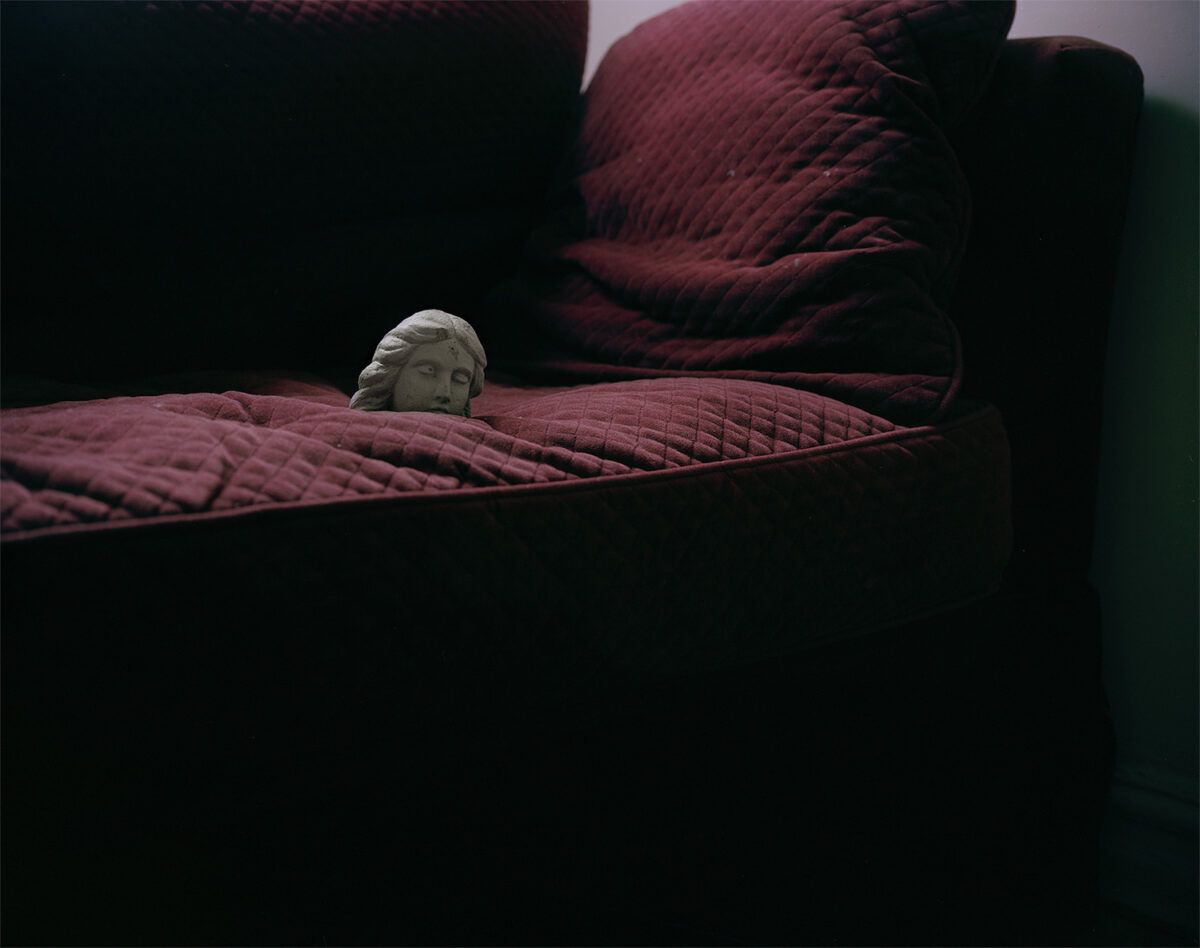
From ‘best. with a dash of worst’ © Dana Stirling
CB: Is there anything you want to make sure viewers and readers know about this project?
DS: That’s an interesting question. I suppose I haven’t really talked about my role as an editor for Float Photo Magazine and the duality of being both an artist and someone who creates a platform dedicated to supporting other artists. It’s a unique position to be in. Many people know me primarily as an editor, and through that role, I’ve met many influential figures in the industry. However, because I was wearing my editor’s hat, they never got to know me as an artist. Some don’t even know what kind of work I create, which I find quite interesting.
Creating Float over the past ten years has been a joyful experience. We’ve been fortunate to create numerous opportunities for artists, such as exhibitions, publications, online portfolios, and interviews. We’ve met so many talented artists and made friends with people who love photography just as much as we do. I hope we can continue this for many more years and that people will continue to find a home in our platform.
::

Why Am I Sad by Dana Stirling
Approx. 20 × 24 cm (7.8x 9.4 inch)
112 pages, 60 color ills.
Hard Cover, Swiss Binding
Published by Kehrer Verlag
::
Dana Stirling is a fine art photographer and the Co-Founder & Editor In-Chief of Float Photo Magazine since 2014. Originally from Jerusalem Israel, Dana is now based in Queens New York. She received her MFA from The School Of Visual Arts in Photography, Video, and Related Media in 2016 and her BA from Hadassah College Jerusalem in Photographic Communications in 2013.
Her work has been exhibited in group shows including, Candela Books + Gallery VA, The Rockaway Artists Alliance NY, Vermont Center for Photography, Lafayette College PA, Radiator Gallery NY, Fresh Paint Art Festival Israel, Bezalel Gallery Israel, Inga Gallery Israel, Tel Hai Museum of Photography Israel, Brick Lane Gallery UK, Saatchi Gallery UK and others.
She was awarded the, Shutter Hub YEARBOOK Award (2021), NYSCA/NYFA Artist Fellow Finalist in Photography from The New York Foundation for the Arts (2019), Gross Foundation-Grant for Excellency in photography (2013) and Google Photography Prize, Final Ten at Saatchi Gallery (2012).
Location: Online Type: Featured Photographer, Interview
Events by Location
Post Categories
Tags
- Abstract
- Alternative process
- Architecture
- Artist Talk
- artistic residency
- Biennial
- Black and White
- Book Fair
- Car culture
- Charity
- Childhood
- Children
- Cities
- Collaboration
- Community
- Cyanotype
- Documentary
- Environment
- Event
- Exhibition
- Faith
- Family
- Fashion
- Festival
- Film Review
- Food
- Friendship
- FStop20th
- Gender
- Gun Culture
- Habitat
- Hom
- home
- journal
- Landscapes
- Lecture
- Love
- Masculinity
- Mental Health
- Migration
- Museums
- Music
- Nature
- Night
- nuclear
- p
- photographic residency
- Photomontage
- Plants
- Podcast
- Portraits
- Prairies
- Religion
- River
- Still Life
- Street Photography
- Tourism
- UFO
- Water
- Zine

Leave a Reply